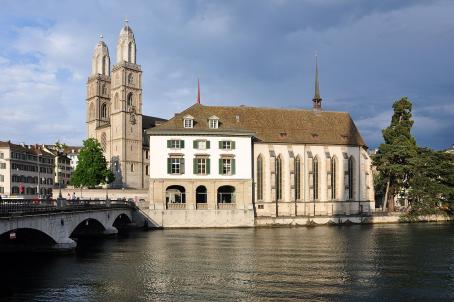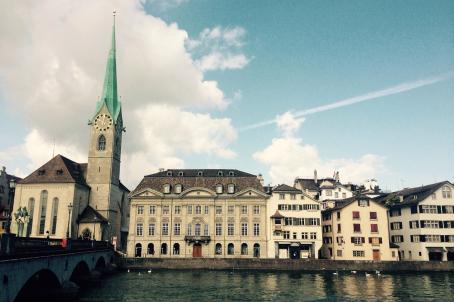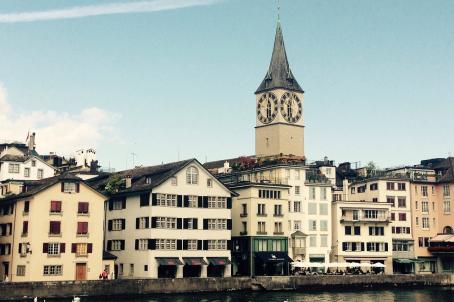Grossmünster
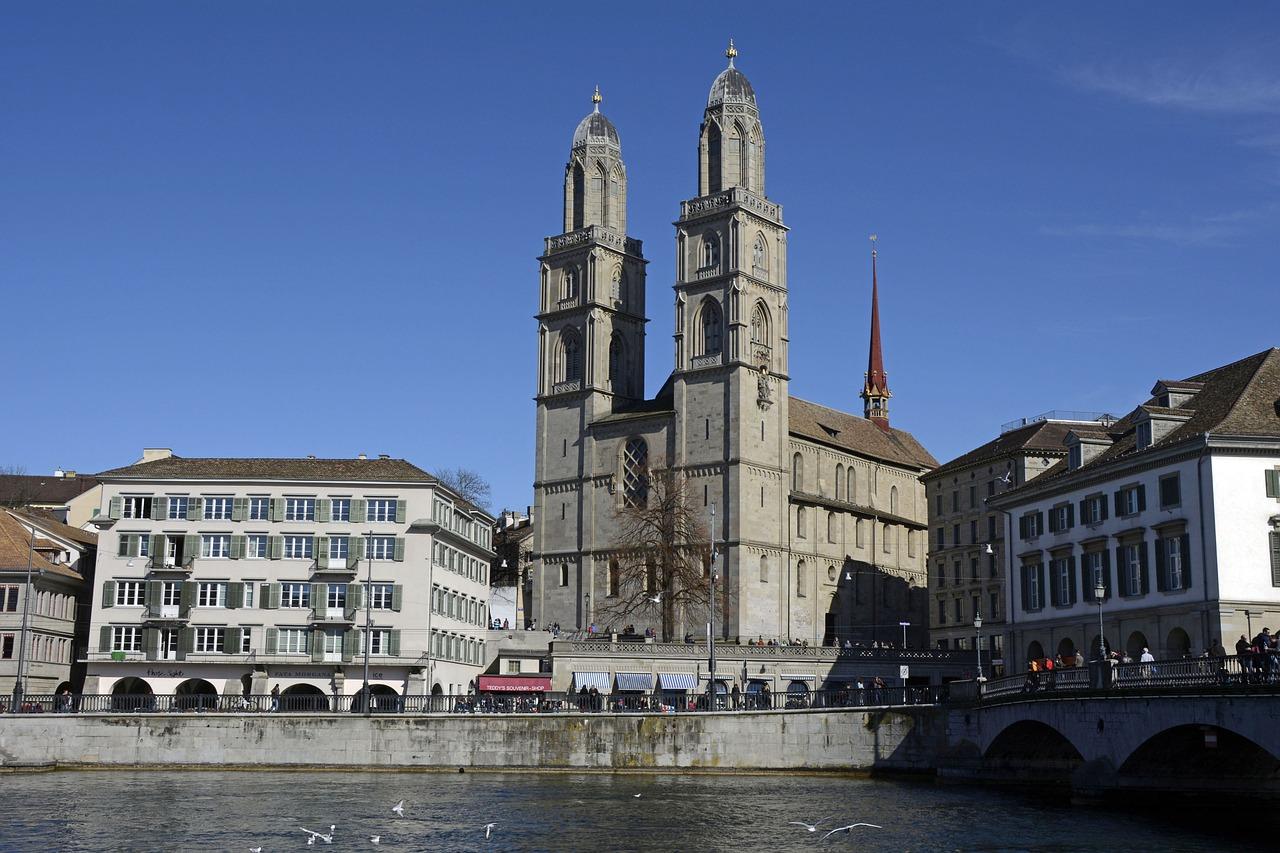

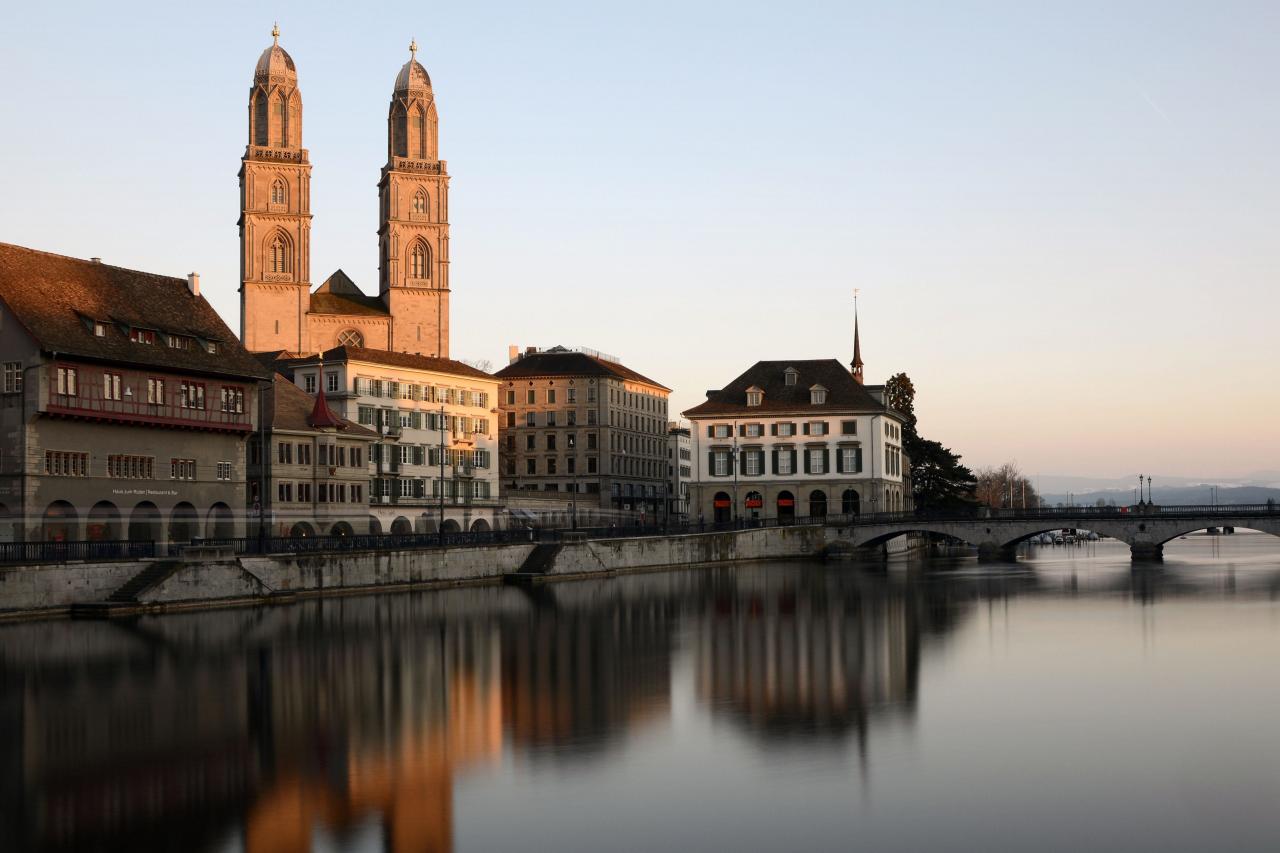



The Grossmünster, built between 1100 and 1220, is a protestant reformed church in Zurich's old town. The first part of the Grossmünster is believed to have been built by Charlemagne, who discovered the tombs of Saints Felix and Regula, two martyrs of Christianity, around the 7th century. The Protestant Reformation in Switzerland led by Ulrich Zwingli began in the Grossmünster, where he preached from 1519 onwards as a priest. The twin towers of the church, with their neo-Gothic domes, are the symbol of the town.
